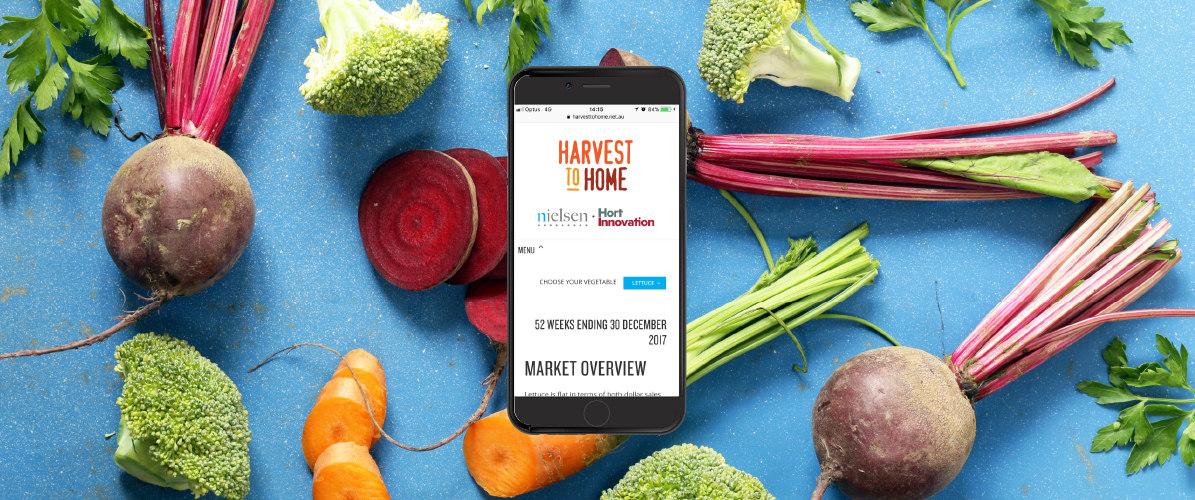Harvest to Home data shows impact of specialty carrot lines in revitalising category
The newest release of levy-funded Harvest to Home data has shown that specialty carrot lines are adding growth to overall category sales, with innovative ideas like the Woolworths Odd Bunch or prepared carrot formats now making up a 16 per cent share of carrot dollar sales.
In the full case study on the impact of these specialty lines on the carrot category overall, Nielsen Australia notes that in major supermarkets, dollar sales for juicing carrots are up by 21 per cent, while dollar sales are also up by 37 per cent for Dutch carrots and up by 40 per cent for juicing carrots.
The latest round of data on the Harvest to Home dashboard also reveals some other interesting consumer information, including:
- Although health and wellness trends are helping drive dollar sales growth for fresh salad, the majority of buyers claim that convenience and ease of use are the main reason they purchase fresh salad. Over the past there has been particularly high growth in kits and bowls (which are up by 22 per cent and 17 per cent respectively), and some consumer spend has switched from loose salad to packaged options.
- As the major health concerns of high blood pressure, cholesterol levels and weight control issues are more prevalent than seven years ago, there is prime opportunity to leverage the concept of ‘food as medicine’ for fresh produce. 68 per cent of households say they are careful to eat and serve foods that have a good amount of nutrients, yet Australians are still falling short of their five serves of vegetables a day, suggesting there is significant room for growth.
The data on the Harvest to Home dashboard, collected through Nielsen Homescan, represents a continuous panel of 10,000 households who record all take-home packed and fresh grocery purchases from all retail outlets. The sample is demographically and geographically representative of the Australian household population.
The dashboard covers a huge range of vegetable lines, including beans, beetroot, broccoli, Brussels sprouts, cabbage, capsicum, carrots, cauliflower, celery, chillies, cucumber, eggplant, fresh salad, kale, leafy Asian vegetable varieties, leek, lettuce, onions, parsley, parsnip, peas, pumpkins, radish, spinach, spring onions, sweet corn, sweetpotato and zucchini.
You can access the data for free online by clicking here.
If you want to learn more about this project, which is a strategic levy investment under the Hort Innovation Onion, Sweetpotato and Vegetable Funds, you can read about it in the March/April edition of Vegetables Australia magazine (page 10, or page 6 of the online file).
This post appeared in the AUSVEG Weekly Update published 8 May 2018. Subscribe to the Update using our online form to receive the latest industry news in your inbox every week!
| MT17017 Vegetable Cluster Consumer Insights Program has been funded by Hort Innovation using the onion, sweetpotato and vegetable research and development levies and contributions from the Australian Government. Hort Innovation is the grower-owned, not-for-profit research and development corporation for Australian horticulture. |  |

